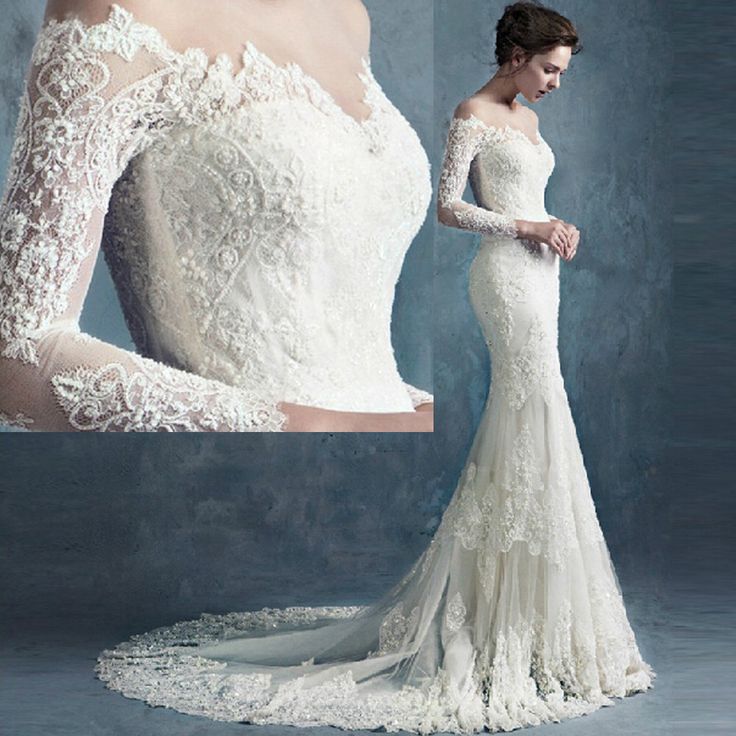If you have been invited to a wedding you should feel privileged! You’ve been selected as someone that the happy couple want to share their big day with. But what do you wear? Choosing a guest outfit for a wedding in the UK is hard enough, but what about if you’ve been invited to a wedding of a different culture? Together with Charles Tyrwhitt, retailers of timeless menswear, we look at how the dress code of a wedding changes depending on the background of the newlyweds.
The dress code of the groom
Men often have traditional dress codes that they should follow, but in more recent years, grooms have been opting for a smart suit instead.
India
Men in different regions of India choose to wear different outfits for their big day. Some husbands-to-be wear traditional dress, such as a dhoti which is a rectangular cloth ties around the waist. In other regions, they wear a sherwani (a long coat), a kurta (loose falling shirt that hangs below the knee), or a Western suit.
Men also have henna painted onto their skin — although, it is not as elaborate as the bride’s henna and it is often hidden beneath clothing.
Japan
The traditional dress code for a Japanese groom is a kimono for the ceremony and a tuxedo for afterwards. The formal kimono that he wears is called a montsuki, and often displays the family crest. More recently, younger grooms start the ceremony in a tuxedo too.
China
A black silk coat over an embroidered robe is often the outfit of choice for a traditional Chinese groom. Younger grooms however are wearing the robe without the overcoat however.
Sometimes the groom must wear a statement headpiece, which is usually black with red tassels. Some younger generations are not following the traditional dress code and simply wear a tuxedo or a Western-style business suit.
The dress code of the bride
Brides in the UK are recognised by their long flowing white dresses and veils. But how do our own bridal traditions compare to India, Japan and China?
India
In some regions of India, the bride wears a saree and in others she opts for a lehenga. A saree is a piece of clothing that looks like a long drape and a lehenga is a long skirt. Often the bride is dressed in red or another vibrant colour, her garments will be carefully embroidered with an impressive design.
Before the wedding, the bride and her bridal party get their palms, hands, forearms and legs painted with henna.
Japan
Japanese weddings are massive affairs — they often cost close to £75,000! It is often the parents of the couple who organise the wedding, and they are willing to spend excessive amounts to save face. Because of the large scale of the weddings, the bride can have as many as 5 costume changes!
For the ceremony, at a Shinto (traditional) wedding, the bride wears a white kimono. However, sometimes the bride chooses to wear an impressive dress that is printed with a Japanese design.
China
The Chinese bride is usually dressed in red, as this is thought to be the colour of good luck. In some regions, typically in northern China, the traditional attire for a bride is a one-piece dress that is embroidered with gold and silver designs. In southern China, the typical wear is a two-piece frock.
On her feet, you can expect the bride to be wearing a special pair of shoes that have been embroidered with a symbol. For example, this could be a turtle or a deer which symbolises happiness and longevity.
The dress code of the guests
It is important to check the dress code of the wedding to ensure that you are not dressing overly formal or too casual.
India
For an Indian wedding, go bold and bright. Wearing vibrant colours will mean you fit in with the Indian guests. Guests should avoid white or black as these are colours worn for funerals and mourning in India. It is also advised that red is not worn either as the bride will probably be dressed in this colour.
Women guests should dress respectively. The Indian female guests will most likely be dressed in colourful sarees or anarkali suits. Jewellery is important for women too, choose a statement piece for around your neck with matching earrings and bangles.
The male guests dress similar to the groom. They often wear a tailored kurta with a pyjama and a dupatta (shawl) can be added over the kurta. For their feet, sandals, jootis or chappals are often worn as these are comfortable and prevent overheating.
Often the wedding takes place in a temple, so the outfits should be respectable. For this, women can wear a long scarf or pashmina over their heads and men are usually provided with a head cover such as a large handkerchief.
Japan
Traditionally, Japanese male guests were expected to dress formally with a black suit and white tie. Now however, the dress code is more flexible and it is accepted for men to come dressed in suits other than black with various coloured ties. However, it is advised to avoid white clothes with black ties.
Women guests often choose to wear a dress that is knee length with a kimono if they want to dress traditionally. It is best to avoid showing any shoulder as this can be deemed a disrespectful.
China
Women should avoid wearing red as it can be seen to be trying to steal the limelight from the bride. It’s best to wear pink, peach or purple instead, as these are all symbols of new life and happiness. A formal dress is suitable for a Chinese wedding.
Male and female guests should avoid wearingtoo much black and white, as these symbolise mourning and black is considered to be the colour of bad luck.
Featured Image

